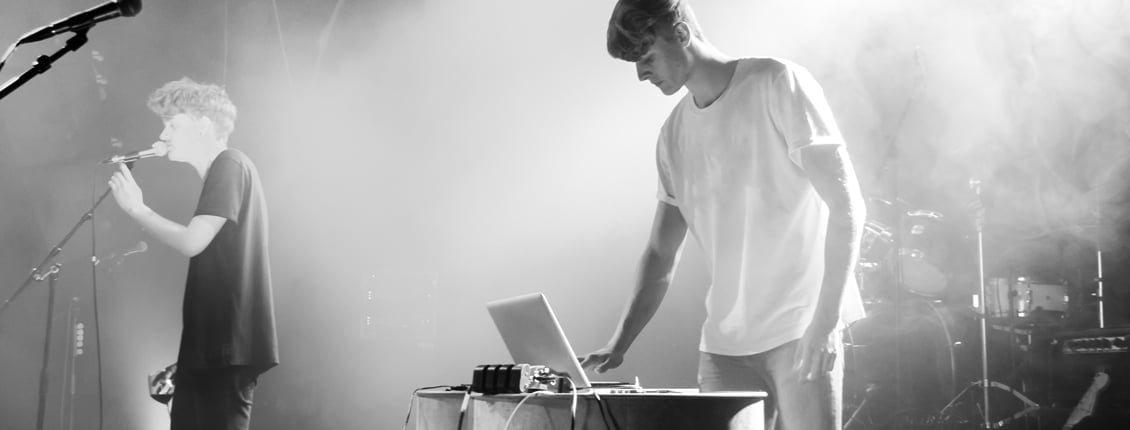
What exactly is pro A/V? Simply put, it’s audio/video equipment for use in a professional context, such as a music studio. That means it’s more robust and more capable than comparable gear for personal use. Are you capitalizing on this market segment?
Pro A/V for Music Studios
Music studios are among the best possible places to sell pro A/V products into—the music industry is more open than it’s ever been, and professional equipment is now available to the masses. At the same time, distribution platforms like SoundCloud (with its 76 million users) make it easy to push music out to the masses. And music discovery platforms like Spotify and Apple Music make it easy to get exposure for bands just starting out.
Some artists want to create their own home studio, while other customers are trying to build a standalone studio. Either way, there’s some essential equipment you can provide.
Building a Studio
There are a few things producers need to start building their studio:
The Essentials
- A computer, often a Macbook Pro, but any computer these days will do to start.
- Digital Audio Workstation (DAW) software (many beginners just use Apple’s GarageBand software to make loops and do simple mixing, but Avid’s Pro Tools and Presonus’s Studio One Artist are common next-level options)
- An audio interface. Sound travels from the microphones and instruments to the computer, where it’s mixed.
- Microphones tailored to the type of recording that’s being done. Large-diaphragm condenser microphones are great for vocals, and small-diaphragm condenser mics work well with high-frequency-rich instruments like piano. There are other microphones for more specific applications, like bass drums and guitar amps.
- Headphones. Closed-back headphones and open-back headphones offer benefits for different applications—closed-back have better isolation, but open-back are better for mixing. If the customer’s just getting into music production, they’ll absolutely need a pair of good closed-back headphones for monitoring. Open-back can come later.
Important Additions
- Monitor speakers. Most mixing is done over speakers, not headphones (though a good open-back set can be good for mixing). Speakers or headphones designed for monitoring have a flat, neutral frequency response, allowing the sound engineer to get a true sense of the mix. Headphones and speakers designed for regular consumers have different response curves that don’t reflect the actual music (for example, Beats by Dre headphones are tuned for a heavier bass response).
- XLR or ¼” TRS microphone and monitor cables. Good-quality cables with good shielding that can stand up to the rigors of regular use are important. Depending on the audio interface, either XLR or TRS are necessary—but microphones and monitors are usually XLR.
- Microphone stands and pop filters. Quality is important here—a solid mic stand offers a good range of motion, locks into position and is durable. Pop filters keep consonants from causing artifacts when someone is talking or speaking into a microphone.
There are other important things that can be added to the list (acoustic damping material, ear training software, remotes or remote apps, MIDI controllers, extra computer monitors and more).
This list will be enough to get most studios up and running.
Petra carries a wide variety of pro A/V gear—enough to get your customers off the ground if they’re new or get them upgraded if they’ve been doing this for a while. And it’s not just for music studios, either—we carry DJ equipment, gig essentials, show lighting and more.
Now you know music studio essentials—and how to sell to anyone who’s looking for pro A/V gear. Capitalize on this market as it grows and you’ll reap the benefits in profit.
